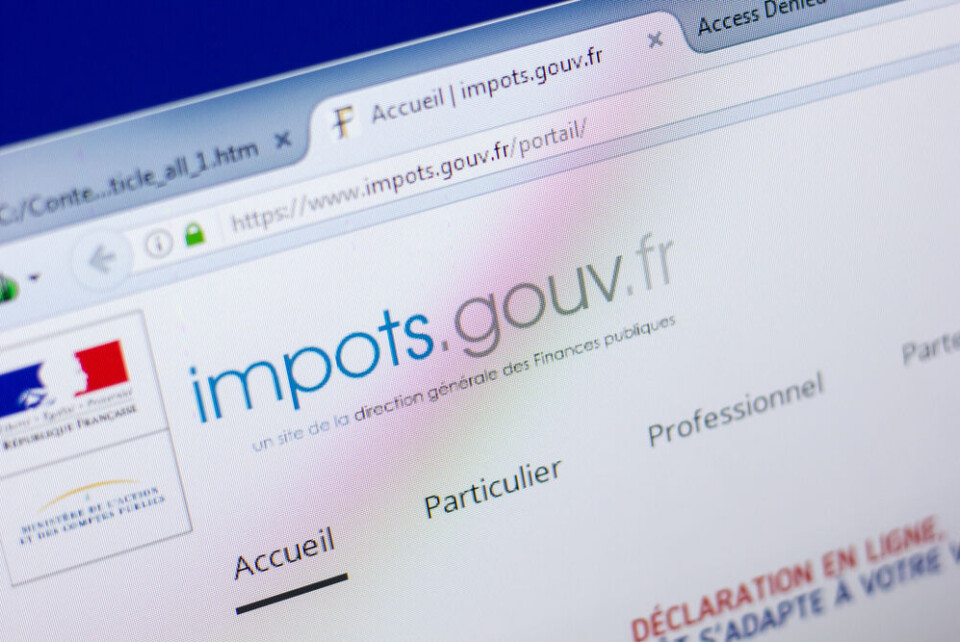-
Why more than half of French households do not pay income tax
Tax credits, ‘parts’ system and tax band increases all play their part
-
Vast majority of French departments opt to increase property notaire fees
What difference will it make to buyers and sellers?
-
What is new as French income declarations open online
Updates were given today on property ownership declarations, tax credits and tax for high earners among other points
What is the ‘RFR’ figure used by French tax authorities?
It is a requirement to complete a French tax return each year, the statement will show the results of this

Reader question: My tax statement has an entry named the ‘RFR’. I do not know what it represents, what is it used for and do I need to do anything with it?
Annual French tax statements contain additional information regarding your finances, including figures calculated by the authorities relating to your income level.
One of these sections is dedicated to the RFR (revenu fiscal de référence), which appears on the top left of your paper tax statement, or via the copy that you can find in your personal space on the French tax website.
Your RFR roughly corresponds to your net taxable income, but also includes a few kinds of non-taxable income which need nonetheless to be declared to the authorities as part of your annual tax return.
These include, for example, bank interest that has been taxed at source and tax-exempt tips (from working)..
It is often higher than your RNI (revenu net imposable) which corresponds to income that is actually taxed.
How is it used?
Generally, the amount is used as a way to assess a household’s ‘standard of living’, and a number of benefit payments and other fiscal schemes use it as a base number.
This includes eligibility for the government’s MaPrimeRénov’ and MaPrimeAdapt’ programs, as well as partial or full exemptions of property tax and CSG (contribution sociale généralisée), the levels of certain tax credits, and social housing eligibility.
However, some such as the Caf (caisses d’allocations familiales) use other measurements.
A person’s RFR amount is often used as a cut-off criteria – those showing above a certain level cannot access certain schemes or can only do so up to a reduced level.
Read more: You often refer to a ‘parts’ system for tax in France; what is this?
What can I do with the number?
You will need to provide it when applying to certain welfare benefits, grants and loans (if this information is not already known to the relevant authority) as well as, for example, if you open a livret d’épargne solidaire (LEP) savings account.
It is unusual for there to be an error with the RFR amount, however it may be recalculated if you question other elements of your tax return.
Note the RFR usually works on an N-2 basis, meaning information from two years ago is applied for many schemes which require you to detail your RFR.
For example, someone applying for social housing at the beginning of 2024 would use the RFR on their 2023 tax return, which itself was calculated using income from 2022.
Related articles
Can I get financial aid for insulation as a retiree in France?
How does France’s new home renovation scheme for the over-70s work?
























